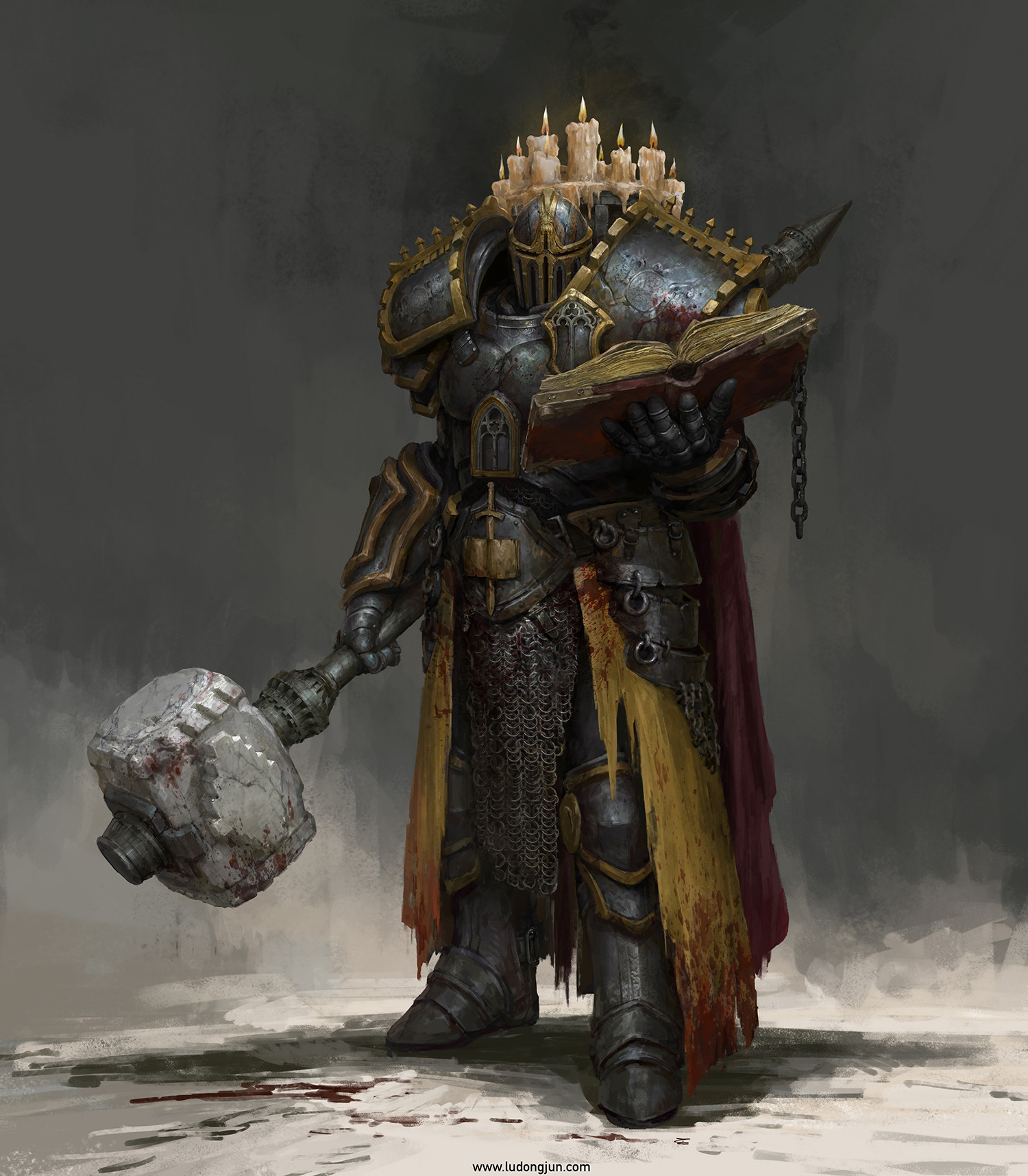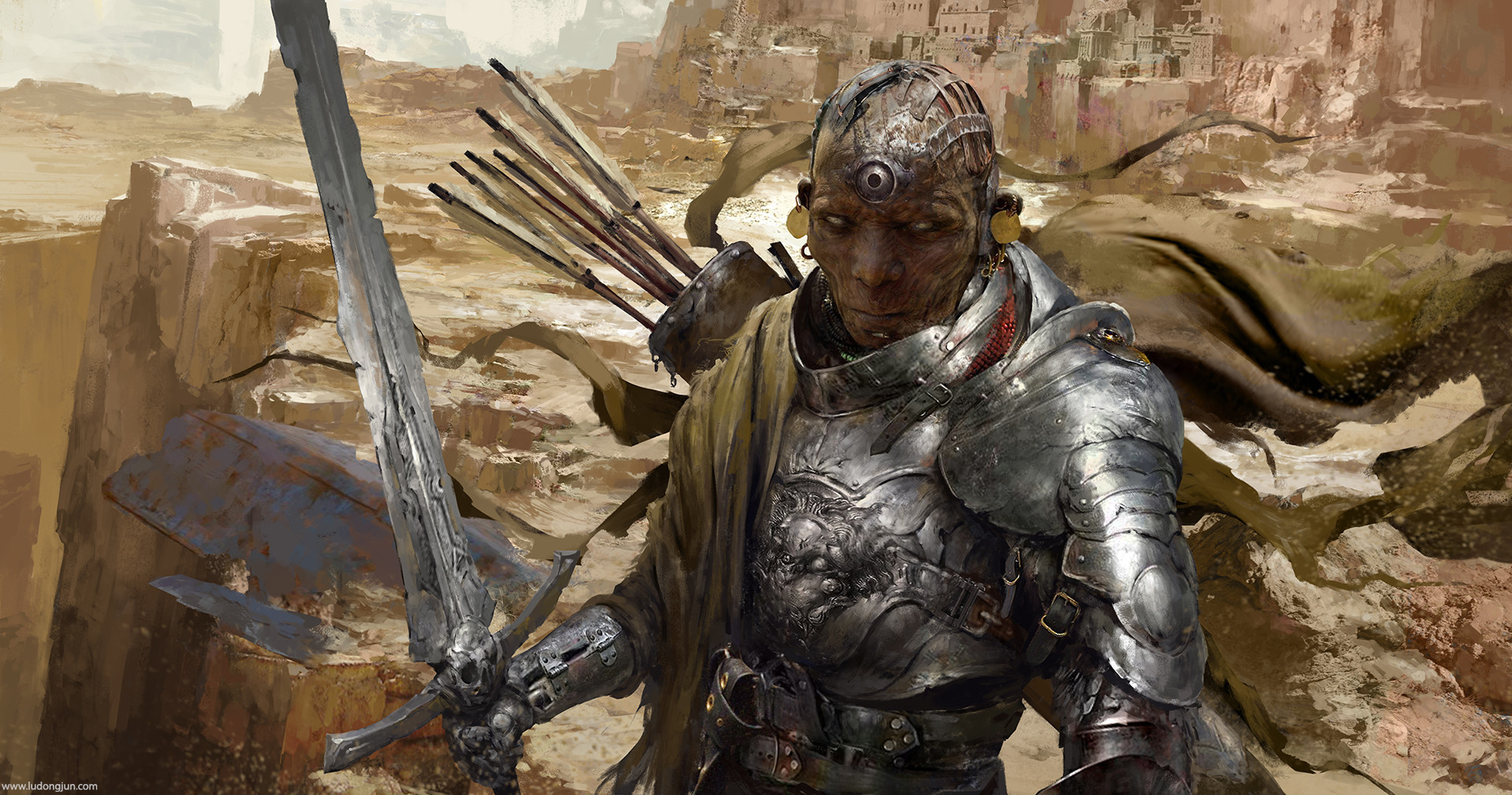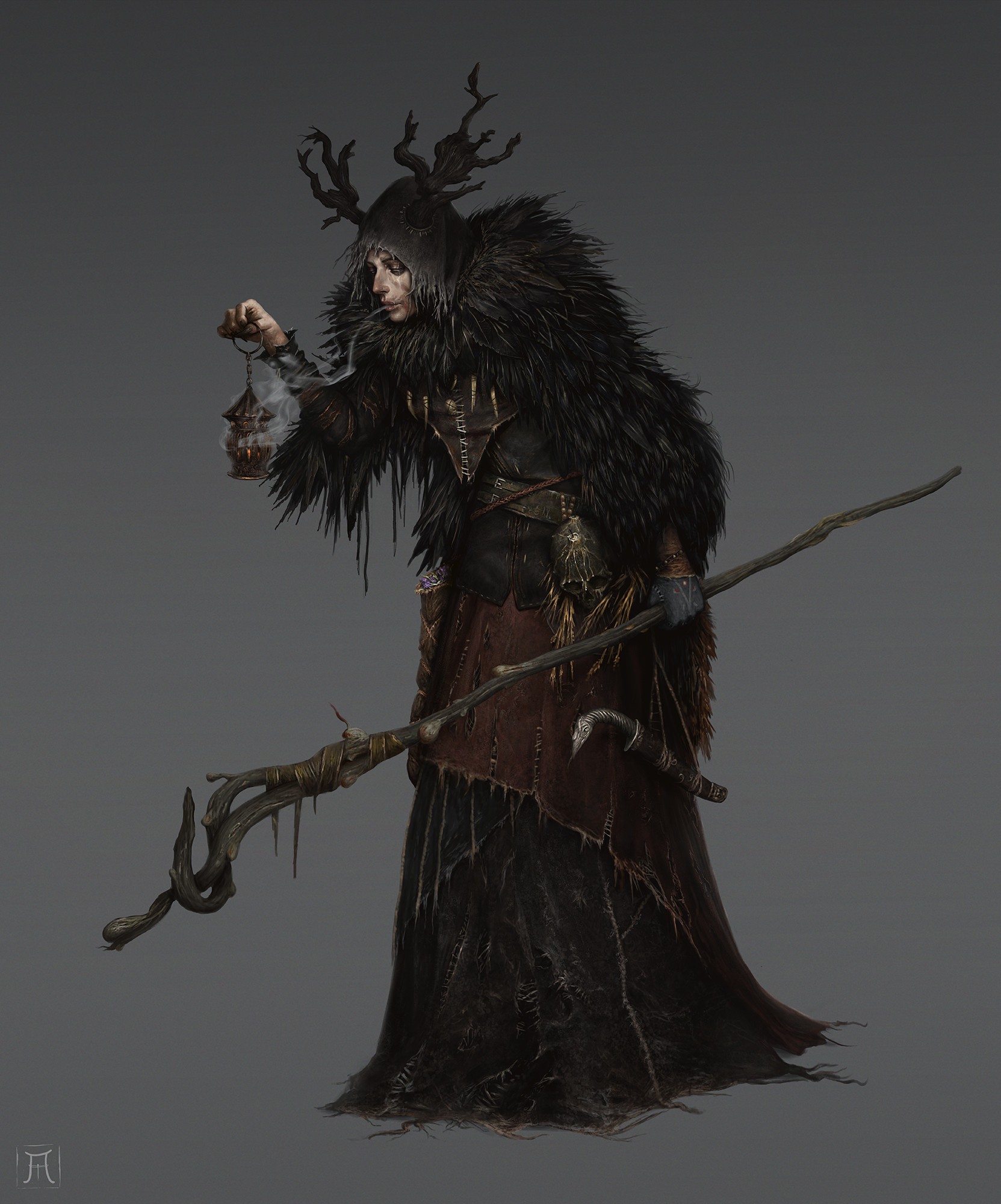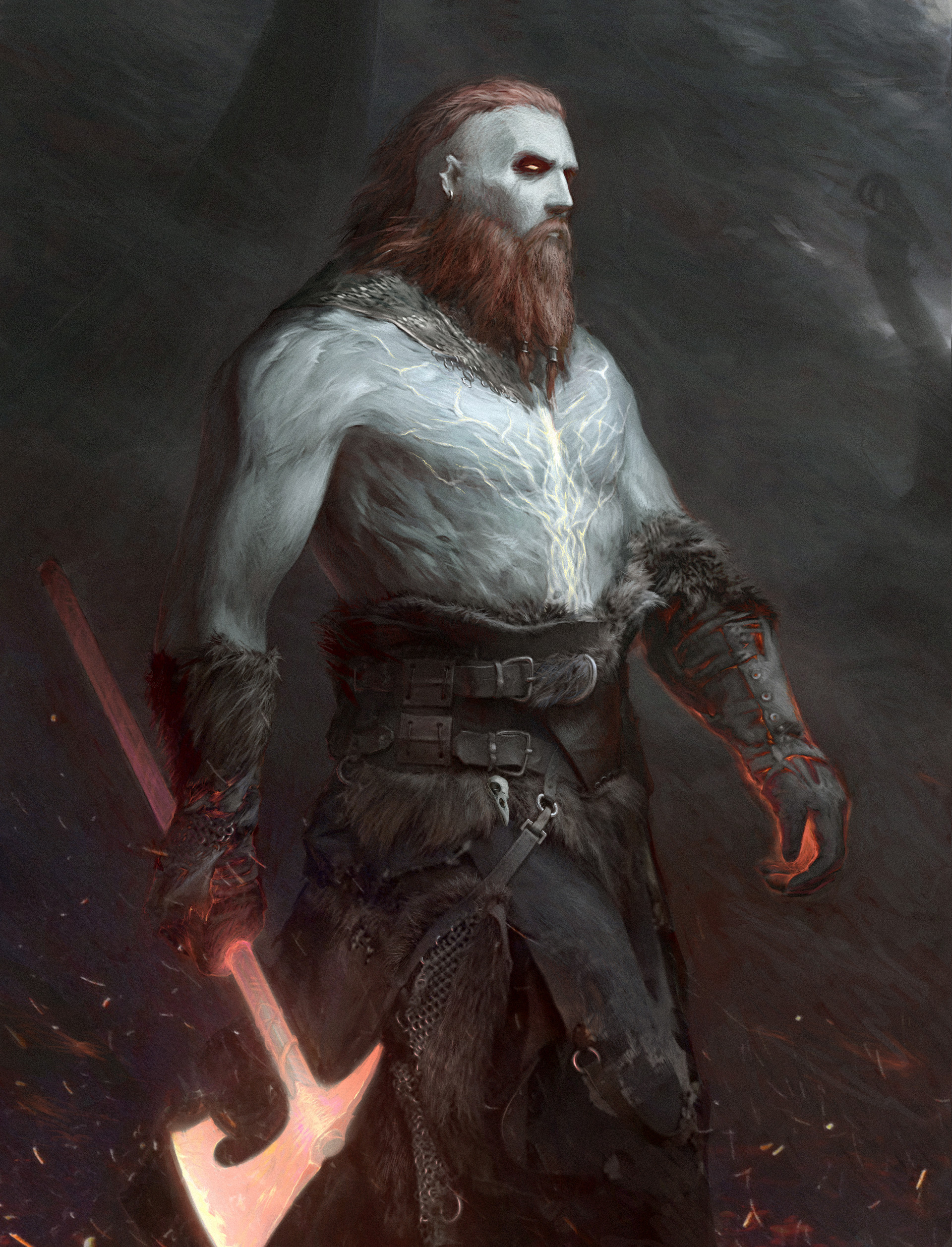Like most fucking RPG nerds, I've done my fair share of worldbuilding. Most of it never sees the light of day and that's okay. It's usually a fun thing to do for its own sake. But, I've recently been working on some forward-facing projects and thinking how to best present this information to an audience.
In my teenage years, when I new to role-playing, my write-ups resembled gazetteer entries. They were dry and thoroughly went through the histories, traditions, religions, familial norms, etc. etc. of all the little fantasy garbage people that I was thinking about. They were probably only very interesting to me.
For some games, I'd hand these out as "packets" to players. They could read through this lore and then bring it to bear at the table. Because players didn't know what the other players' packets held, cultural differences and discussions were supposed to happen organically. Whereas some players took this lore to heart, others certainly didn't. The amount of GM work to player engagement level was...disproportionate.
Recently, I've been exploring alternate ways to lay out this information. My goal is to find the sweet spot between "too much info to read easily" and "useful" and "evocative." To this end, I've been writing one cogent detail of a culture for each of the senses. This list serves as fundamental touchstones for a fantasy culture.
Four examples follow:
The Kingdoms of the Diadochi
Embergaard
 |
| Russell Dongjun Lu |
- The knights of Embergaard are iron juggernauts. They wear hulking armor fashioned in mythological iconography. Wax seals affix vellum scrolls covered in prayers to their armor. Porcelain masks front the towering helms, so they each seem to wear a pearly, beatific and unmoving expression. In their hands are blunt weapons; the cataphracts disavow bladed weapons as too murderous.
- Embergaard is called the "city of bells." It is easy to understand why. Tolling bells bring the faithful to vespers. Inside the cathedrals, hand-bell choirs lure the sun back for the following day with beautiful canticles. In the streets, choleric alchemists hammer unceasingly in the forges.
- The scent of burned offerings mix with butter candles on hearth altars. Oiled cloths for scouring armor. Burning human hair from public burnings linger in the streets. Saltpeter.
- Olives. Olive oil mixed with garlic and pepper. Warm flat bread with fish sauce. Marinated lamb kebabs. Pickled vegetables, especially cucumbers, cabbage, and carrots. Wine cut with water. "Lion's milk": an anise flavored liquor, milky in color, smelling strongly of licorice.
Mourn
 |
| Russell Dongjun Lu |
The greatest of the tomb cities of the south, citizens of Mourn live among the dead. The soulfires brought by the conquering king raised the honored ancestors, and the living are bound to their service. A few escape this bondage.
- Wrapped in robes to protect against the desert's chill, faces thinly veiled for modesty. Underneath the robes, linen bandages nurse festering rot caught from their honored ancestors. Gold rings, bracelets, and armor tip the ends of noses, fingers, toes, eyebrows, and ears--gold is placating to the dead.
- Professional keeners follow funerary processions. Recitations of lineage are chanted in an ancient tongue. When you are alone, there is whispering.
- Sharp scents drive away unpleasant smells: incense smoke snakes upward to soot-blackened ceilings; simmering pots of herbs in oil; heavy perfumes of floral extracts.
- Sharp tastes communally served remind you that you're among the living: peppers specially bred for their spice; powdered chili pepper; injera; eggs poached in a thick sauce of tomatoes; peanut soup; fava beans spiced with cumin; clarified butter. Rich, black coffee. Sorghum beer.
Yll
 |
| Igor Krstic |
- Furs and roughspun are stitched with sorcerously significant sigils. Masks fashioned from deer skulls and helms crowned with curving rams horns are common. Blue eye charms dangle from chain-link belts.
- Hide-bound drums beat a steady rhythm around a soulfire. The chant swells and a single soprano voice, lost in ecstasy, rises above the drone. Somewhere, a dog howls.
- The brackish water of the Bog competes with all other scents. The smell of heather. Smoke of a smoldering peat fire. Drying herbs. The ammonia-like vapors of boiling leather. Caraway seeds.
- Rye bread smeared with honey and butter. Rashers of bacon and fried mushrooms. Fish head and potato stew. Boiled grouse eggs. Pig's milk cheese. Bitter ale. Smoky whisky.
Kreigheim
 |
| Artem Demura |
- Elaborate systems of tattoos and scarification mark the faces of Kreigheim. They call this "honest face," and deplore the inherent duplicity in unmarked faces. Heavy furs shroud the rest of their bodies. Reavers wear long coats of silvery mail and open-faced helms. They favor huge weapons inherited from the giants that once ruled the north. Overhead, the shimmering tapestry of the aurora lights the city.
- The lap of water against the bellies of longships. The bleat and baying of beasts: hound, horse, reindeer, cock, cat, goat, hawk. Wood being chopped. Raucous songs and laughter spill from the open door of a meadhouse.
- Salt. The smell of roasting grains and fermenting honey from open kettles. Blood and fresh viscera from a butchered whale. Juniper berries. The cold smell of snow about to fall.
- Smoked salmon and trout. Fermented shark. Fire-roasted whale. Reindeer milk yogurt sweetened with blueberries. Fried pastry stuffed with sweetened goat cheese and rhubarb. Strong mead.
